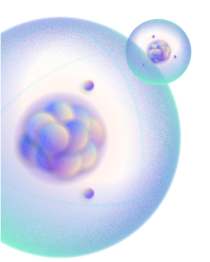ABSTRACT
Mechanical systems have recently attracted significant attention for their potential use in quantum information processing tasks, for example as compact quantum memories or as transducers between different types of quantum systems. Early experiments included ground-state cooling of the mechanical motion and squeezing of the optical field. Recent advances have allowed to perform measurements which realize various mechanical quantum states.
Here, we would like to discuss several experiments where we demonstrate such non-classical mechanical states by coupling an engineered mechanical oscillator to single optical photons. Our approach is based on so-called nanobeam optomechanical crystals, which possess engineered mechanical resonances in the Gigahertz regime that can be addressed optically from the conventional telecom band. These experiments establish quantum control over such devices, including the heralded generation and on-demand readout of single phononic excitations. We furthermore demonstrate high quality light-matter entanglement as well as heralded entanglement between two mechanical modes employing quantum optics protocols. These results are a promising step towards the usage of such devices for quantum information processing tasks and testing quantum physics with massive objects.
BIOGRAPHY
Simon Gröblacher is an Associate Professor at the Kavli Institute of Nanoscience at Delft University of Technology, where he started in November 2014. He completed his masters degree and PhD at the University of Vienna, Austria, working with Markus Aspelmeyer and Anton Zeilinger on quantum communication protocols in higher dimensions, the role of locality and reality in nature and the control of mechanical oscillators using quantum optics tools. Simon then joined Oskar Painter’s group at Caltech as a Marie Curie fellow in 2011, where he focused on optomechanical effects in photonic crystal cavities. His group in Delft has demonstrated some of the first quantum states of mechanical systems coupled to optics through the radiation pressure force. He has received several prestigious prizes and grants, including the Starting Grant of the European Research Council and a Vidi grant from the Netherlands Organisation for Scientific Research. His research has been published in journals including Nature, Science, Nature Physics and PRL, amongst others.
Kavli Institute of Nanoscience
Delft University of Technology
Date & Time
Venue
Chair

